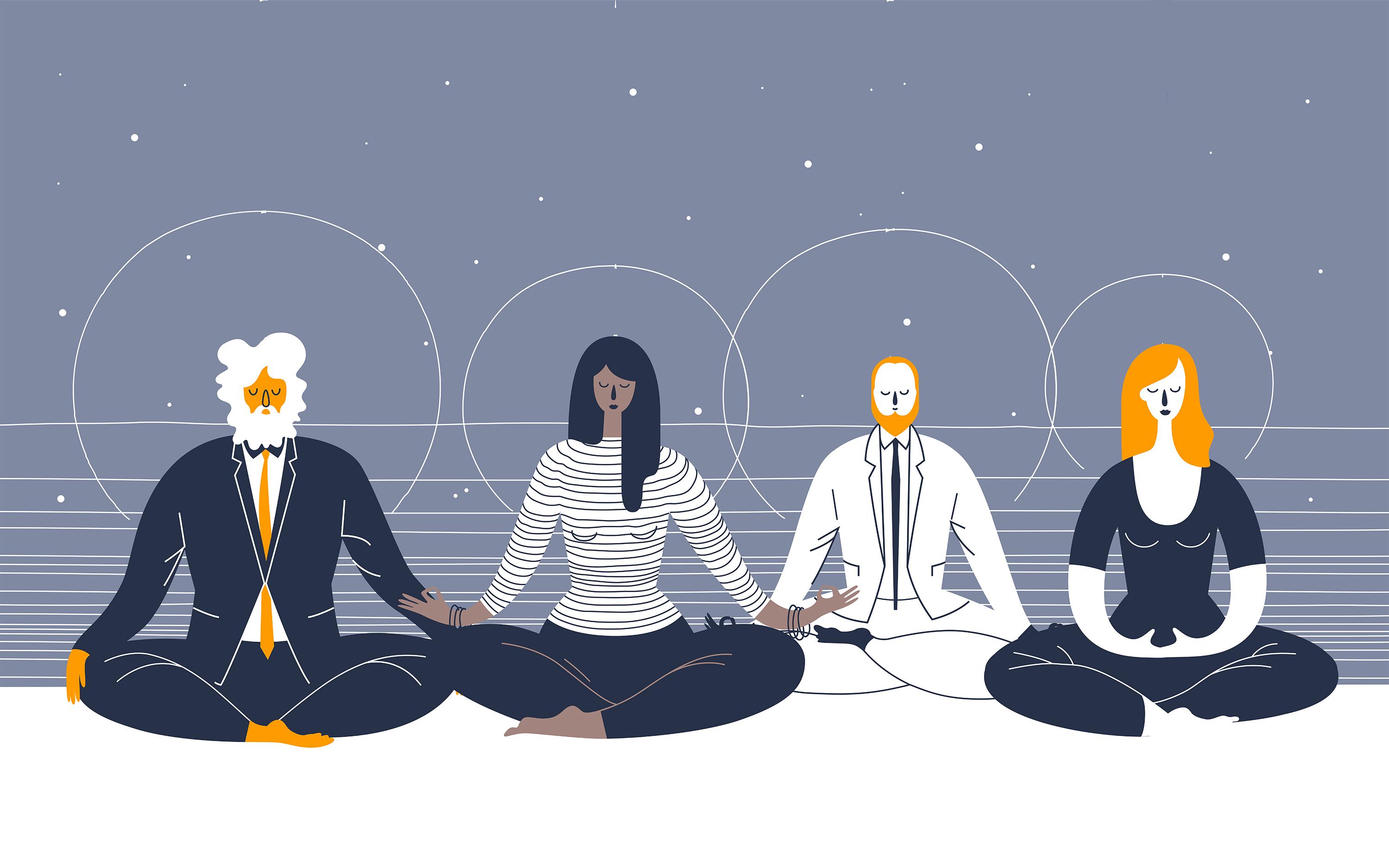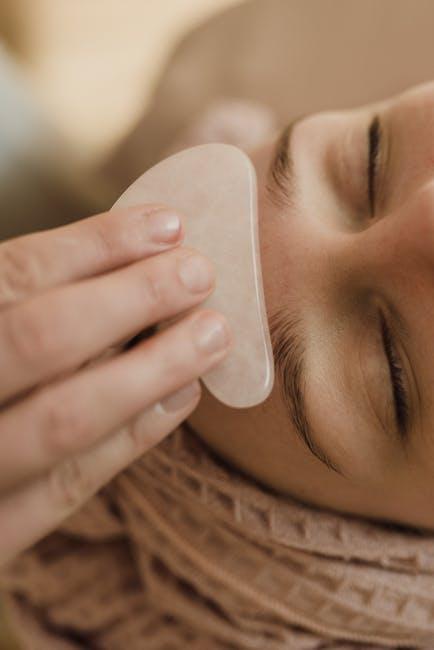In today’s fast-paced world, where the demands of daily life often leave us feeling overwhelmed and frazzled, finding a moment of peace can seem like an elusive dream. The relentless pace of modern living has led to an epidemic of stress, impacting both our mental and physical well-being. Yet, amidst this chaos, there lies a powerful tool that has been practiced for centuries, offering a beacon of hope for those seeking tranquility: mindfulness meditation. This simple yet profound practice encourages us to anchor ourselves in the present moment, fostering a sense of calm and clarity. In this article, we will explore the transformative power of mindfulness meditation in reducing stress, providing you with practical insights and compassionate guidance to help you incorporate this practice into your daily routine. By embracing mindfulness, you can begin to navigate life’s challenges with greater ease and resilience, ultimately cultivating a more balanced and harmonious state of being.
Understanding the Science Behind Mindfulness Meditation and Stress Reduction
In the fast-paced world we inhabit, stress has become an almost inevitable companion. Fortunately, mindfulness meditation offers a scientifically-backed avenue to alleviate this burden. At its core, mindfulness involves maintaining a moment-by-moment awareness of our thoughts, feelings, bodily sensations, and surrounding environment. This practice helps us break free from the cycle of anxiety and stress by anchoring us in the present.
- Neuroplasticity: Mindfulness meditation can reshape the brain. Studies have shown that consistent practice enhances the prefrontal cortex, the area responsible for decision-making and emotional regulation.
- Cortisol Reduction: Regular meditation is linked to decreased levels of cortisol, the hormone often referred to as the body’s ‘stress hormone’. This reduction leads to an improved state of relaxation and well-being.
- Improved Emotional Health: By fostering a greater understanding of our internal states, mindfulness helps in developing a healthier response to stressors, promoting a balanced emotional state.
Consider the following table that outlines the potential benefits of incorporating mindfulness into daily routines:
| Benefit | Description |
|---|---|
| Enhanced Focus | Improves concentration and clarity in daily tasks. |
| Emotional Resilience | Builds the capacity to recover from stress and adversity. |
| Reduced Anxiety | Mitigates the symptoms of anxiety disorders. |
Embracing mindfulness meditation can be a transformative journey, providing a sanctuary of calm amid the chaos of modern life. By understanding and leveraging the science behind it, we empower ourselves to live with greater peace and presence.

Cultivating a Daily Mindfulness Practice to Enhance Emotional Well-being
Incorporating mindfulness into your daily routine can be a transformative journey towards greater emotional well-being. Mindfulness meditation encourages us to be present in the moment, helping to alleviate the constant buzz of stress and anxiety. By focusing on our breath and observing our thoughts without judgment, we learn to cultivate a sense of calm and clarity.
- Start Small: Dedicate just 5-10 minutes each day to sit quietly and focus on your breath.
- Be Consistent: Try to meditate at the same time each day to establish a routine.
- Embrace Imperfection: It’s normal for your mind to wander. Gently bring your focus back to your breath each time it does.
| Benefits of Mindfulness | Impact on Emotional Well-being |
|---|---|
| Reduced Stress | Calmer mind and improved mood |
| Enhanced Focus | Better emotional regulation |
| Increased Self-awareness | Deeper understanding of emotions |
By nurturing a daily mindfulness practice, you can begin to notice subtle shifts in how you respond to stressors. This practice doesn’t demand perfection but rather invites a gentle exploration of your inner landscape, promoting resilience and emotional balance.

Practical Mindfulness Techniques for Managing Everyday Stressors
Incorporating mindfulness into your daily routine doesn’t have to be a daunting task. Here are some simple yet effective techniques to help you stay grounded and manage stress more efficiently:
- Mindful Breathing: Take a few moments each day to focus on your breath. Inhale deeply through your nose, hold for a few seconds, and exhale slowly through your mouth. This simple practice can help center your thoughts and reduce anxiety.
- Body Scan: Lie down comfortably and bring attention to each part of your body, starting from your toes and moving upwards. Notice any tension or discomfort and consciously relax those areas.
- Gratitude Journaling: Dedicate a few minutes each day to write down three things you’re grateful for. This practice shifts your focus from stressors to the positive aspects of your life.
To further enhance your mindfulness journey, consider integrating short meditation sessions into your schedule. A brief 5 to 10-minute session can significantly improve your mental clarity and emotional well-being. Below is a quick comparison of time investment and benefits:
| Duration | Benefits |
|---|---|
| 5 minutes | Quick stress relief, improved focus |
| 10 minutes | Deeper relaxation, enhanced mood |
| 20 minutes | Significant stress reduction, better sleep |

Creating a Supportive Environment for Your Mindfulness Journey
Creating a nurturing environment is essential for a successful mindfulness practice. Start by designating a quiet, comfortable space where you can meditate without interruptions. This can be a corner of a room, a cozy nook, or even a spot in your garden. Decorate it with items that bring you peace, such as soft cushions, calming colors, or a small plant.
- Minimize distractions by turning off your phone or using a “Do Not Disturb” mode.
- Incorporate soothing elements, like gentle music or a white noise machine, to enhance focus.
- Set a regular schedule for your mindfulness practice to establish consistency and routine.
To further support your journey, consider sharing it with others. Whether it’s joining a local meditation group or discussing your experiences with friends, having a support system can greatly enhance your practice. Below is a simple guide to help you get started:
| Step | Action |
|---|---|
| 1 | Choose a dedicated space |
| 2 | Minimize distractions |
| 3 | Incorporate soothing elements |
| 4 | Set a regular schedule |
| 5 | Connect with others |








































